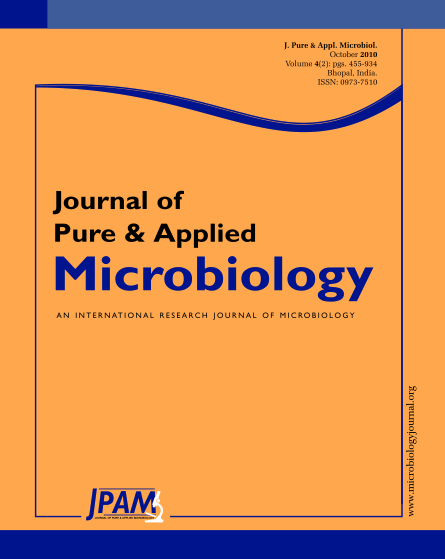Synergetic effect is the phenomenon of living together of two or more microorganisms for the production of growth stimulatory substance. The over all objective of this study is to remove the ammonia-nitrogen and Chemical Oxygen Demand by using synergetic effect of microorganisms in the activated sludge which is the process used for the water treatment. Apart from Ammonia – Nitrogen there are wide varieties of organic compounds in surface and ground from the chemical, Pharmaceutical, synthetic polymer and fossil fuel refining industries. Effluent was processed with environment factors such as temperature and aeration. The initial and final amount of Ammonia- nitrogen and Chemical Oxygen Demand were estimated from 1-11 days. In the initial period the microbial load was determined by serial dilution method and the microorganisms were counted. After 11 days, the microbial load of the first, second and third tanks were increased as too numerous to count but in the fourth tank which kept as control contain Bacillus sp. From this, the microbial communities and the normal control were effectively compared. After 11 days, the samples from all the tanks were used for total protein estimation. The mixed culture of microorganisms can produce larger amount of proteins for the removal of Ammonia- Nitrogen and Chemical Oxygen Demand.
Synergetic, Ammonia- nitrogen, COD, activated sludge
© The Author(s) 2010. Open Access. This article is distributed under the terms of the Creative Commons Attribution 4.0 International License which permits unrestricted use, sharing, distribution, and reproduction in any medium, provided you give appropriate credit to the original author(s) and the source, provide a link to the Creative Commons license, and indicate if changes were made.


